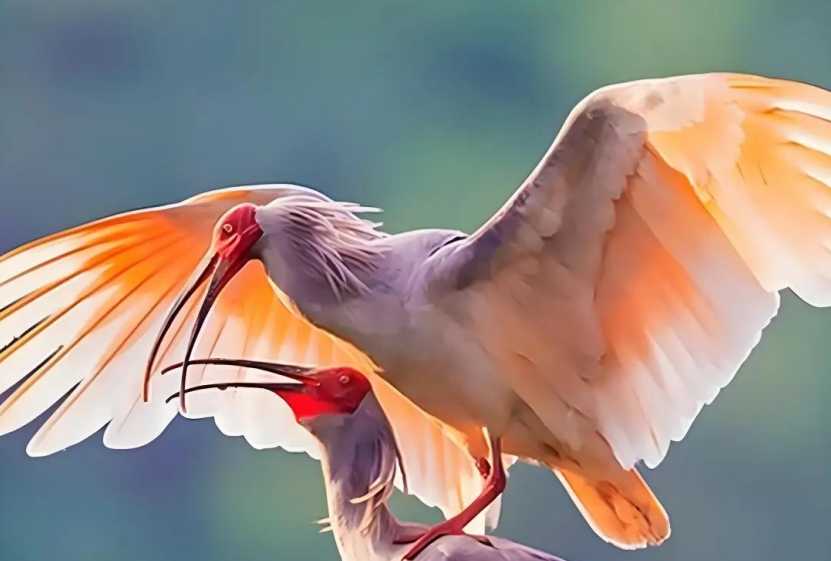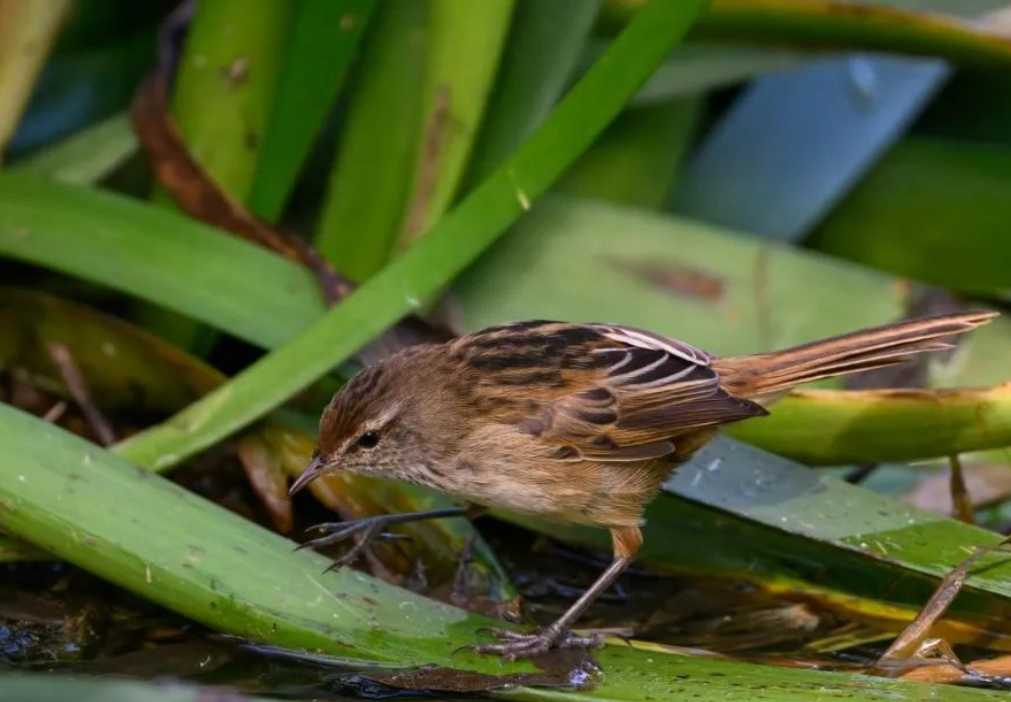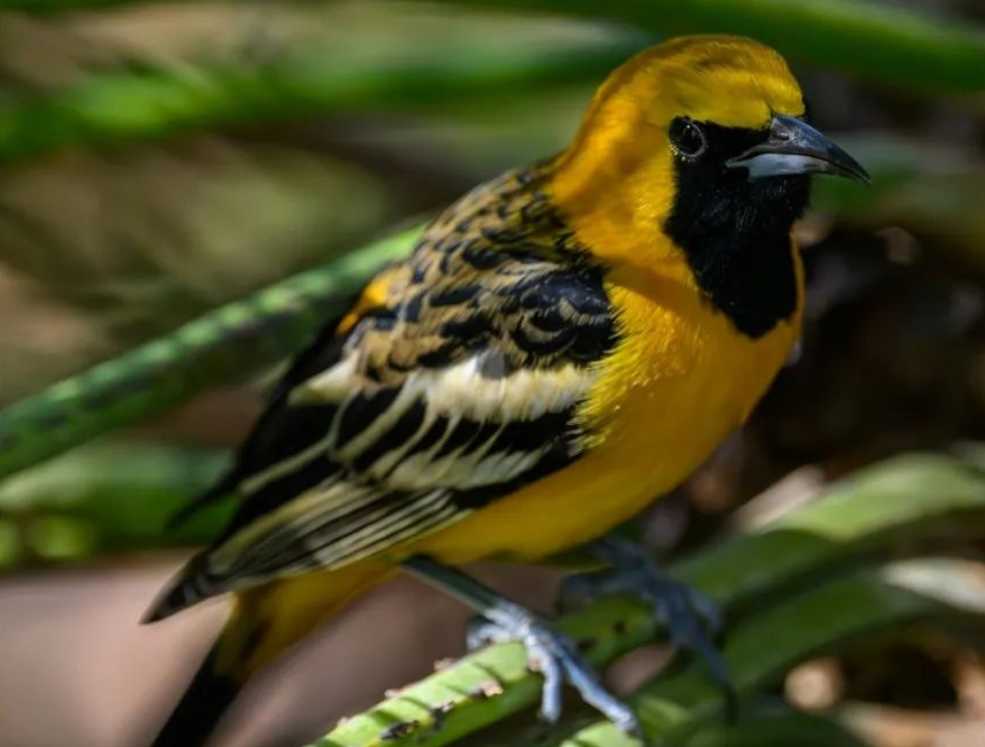Scientifically named Nipponia nippon, this rare wading bird measures around 80 cm, inhabiting wetland ecosystems and feasting on fish and shrimp. Once widespread across East Asia, it now clings to survival primarily in Yangxian County, Shaanxi Province, China, classified as a national first-class protected animal. Hailed as the "Oriental Jewel," its cultural significance spans millennia: ancient Chinese poets praised its "red jade-feathered plumes," while Japan’s imperial family revered it as the sacred "Peach Blossom Bird," now symbolizing Sino-Japanese friendship.
The Crested Ibis: East Asia’s Enigmatic 'Oriental Jewel' and Symbol of Survival
Scientifically named Nipponia nippon, this rare wading bird measures around 80 cm, inhabiting wetland ecosystems and feasting on fish and shrimp. Once widespread across East Asia, it now clings to survival primarily in Yangxian County, Shaanxi Province, China, classified as a national first-class protected animal. Hailed as the "Oriental Jewel," its cultural significance spans millennia: ancient Chinese poets praised its "red jade-feathered plumes," while Japan’s imperial family revered it as the sacred "Peach Blossom Bird," now symbolizing Sino-Japanese friendship.
Source: Images from the Internet, if there is any infringement, please contact the removal of
The ibis’s snow-white plumage takes on a magical quality during the breeding season, when special pigments secreted by glands dye its head and neck in vivid crimson—creating the iconic "white feathers, red crest" look. Under sunlight, its feathers shimmer with mother-of-pearl iridescence, shifting from pearly white to soft pink. "When a flock takes flight, they resemble drifting pink clouds," describes ornithologist Dr. Li Jian, "a phenomenon that inspired ancient myths of auspicious birds."
This avian treasure faced near-extinction in the 20th century, with only seven wild individuals found in Yangxian in 1981. Decades of conservation efforts have since boosted the population to over 5,000, a testament to China’s wildlife preservation initiatives. "The crested ibis is more than a bird; it’s a living fossil and a symbol of ecological resilience," notes conservation biologist Dr. Zhang Ming. Its Latin name, Nipponia nippon, originally reflected its historical presence in Japan, but today, Yangxian stands as its global stronghold.
In traditional culture, the ibis was believed to bring good fortune, its red crest symbolizing fire and vitality. Modern science reveals its ecological role as a wetland indicator species, thriving only in pristine waterways. "Witnessing it wade through rice paddies, that red crest bobbing, you understand why it’s cherished," says wildlife photographer Wang Lei. "It’s a flying poem to nature’s ability to bounce back, wrapped in feathers that catch the light like spun sugar dipped in sunset."
As a living bridge between ancient folklore and modern conservation, the crested ibis embodies East Asia’s commitment to preserving both cultural heritage and biodiversity. Its survival story—from the brink of extinction to a flourishing protected species—serves as a global model, proving that with dedication, even the most delicate "jewels" of nature can be restored to their former glory.




